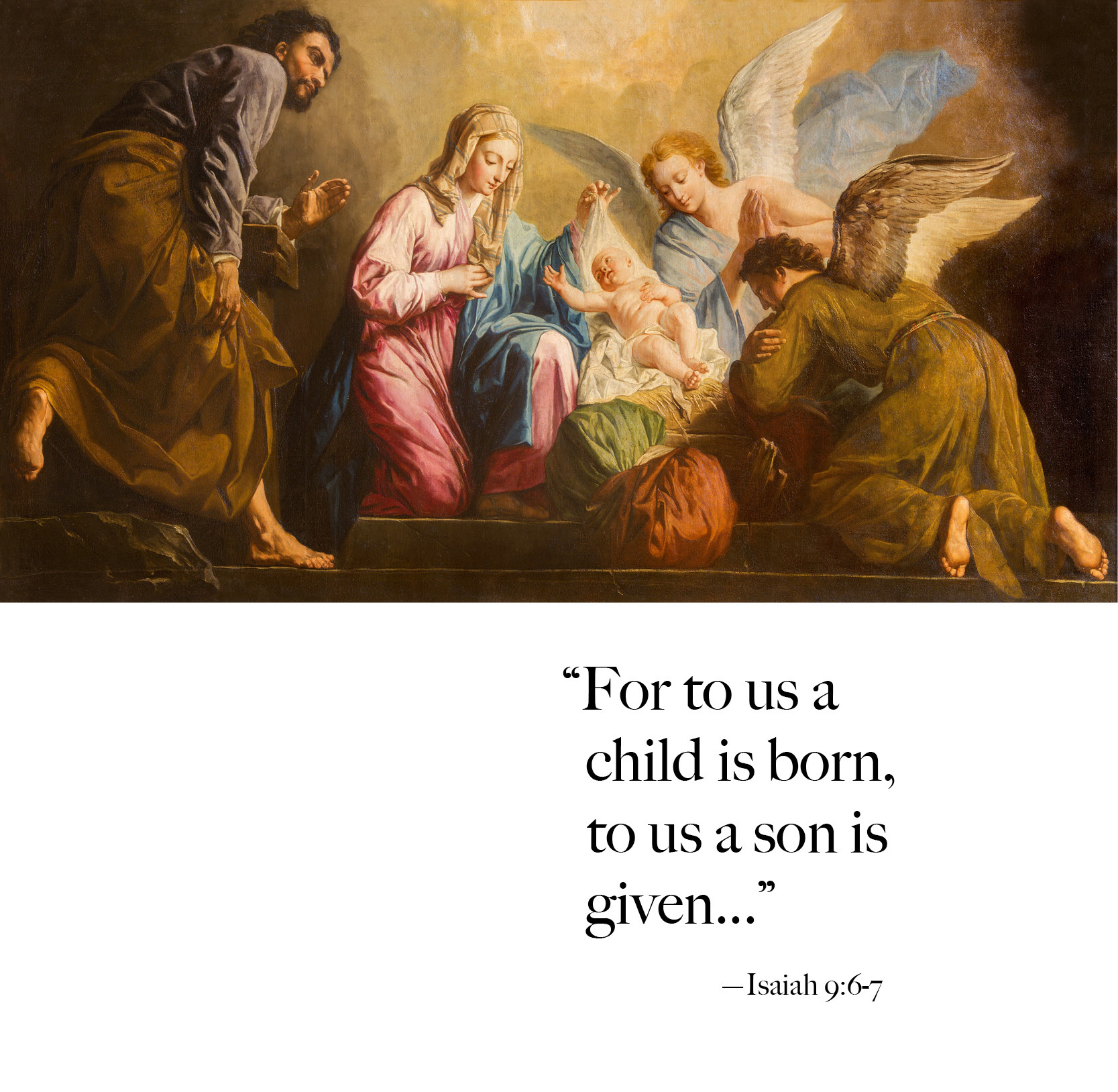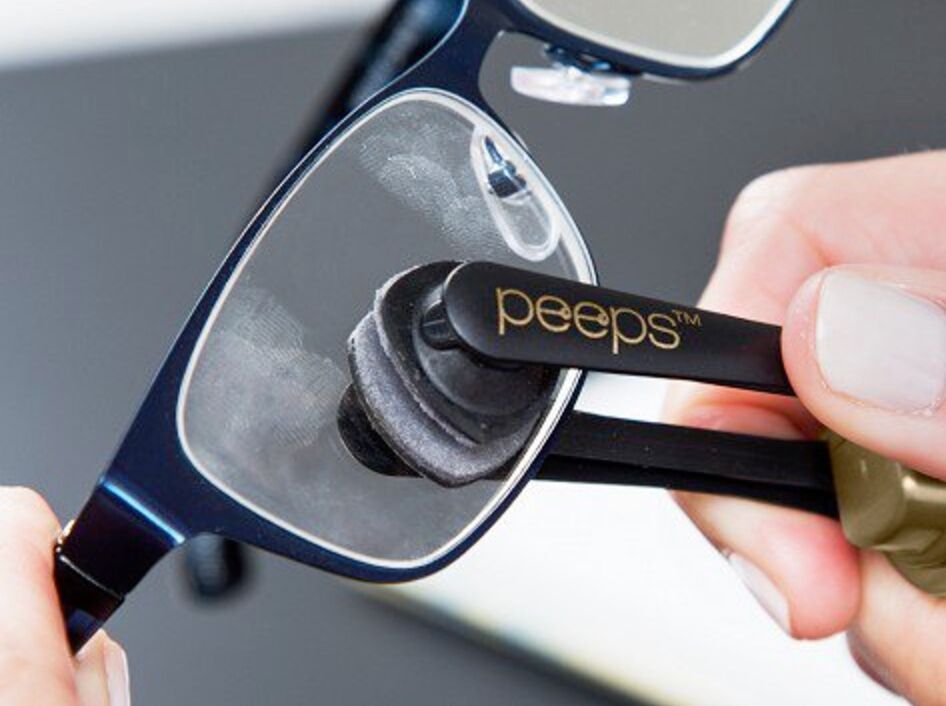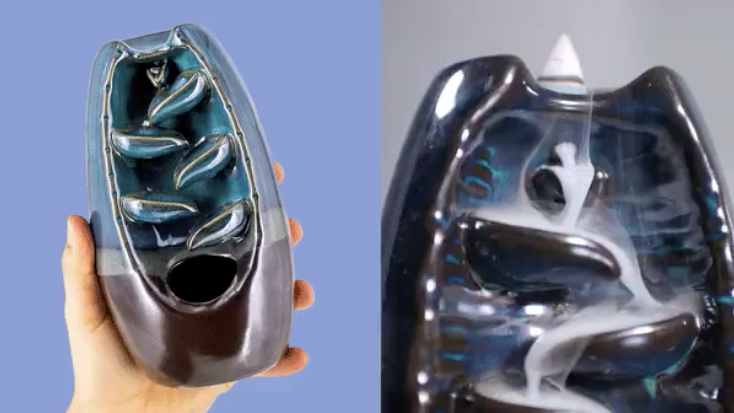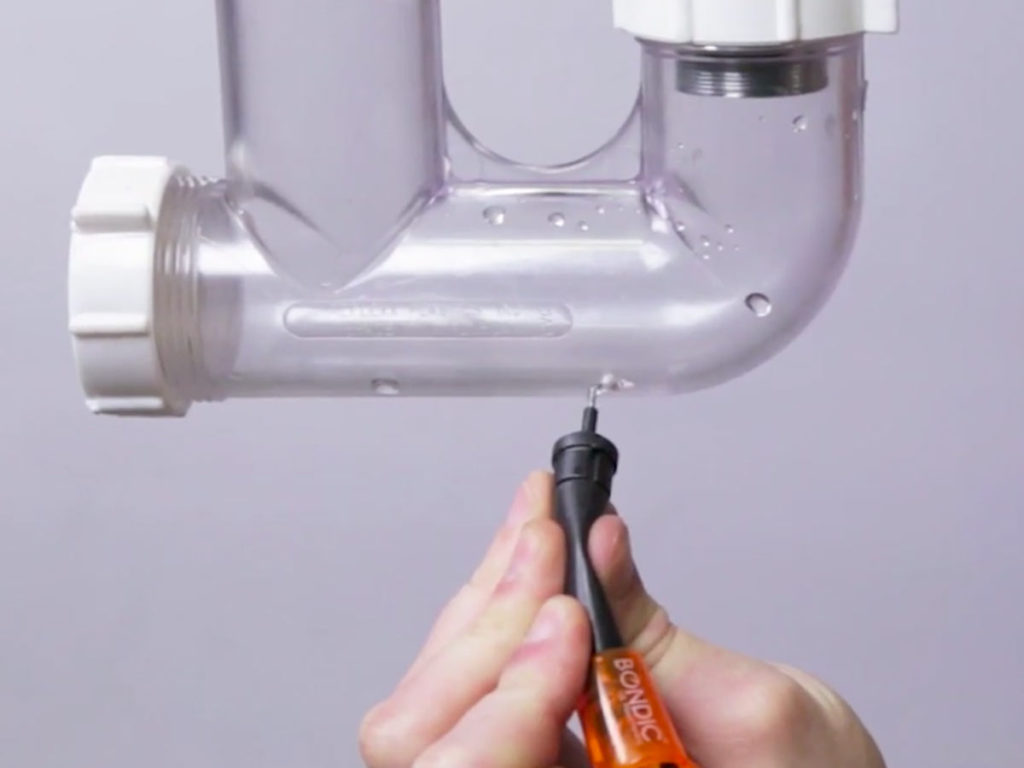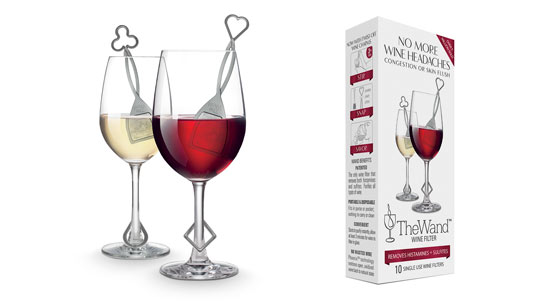
PLEASE. Watch this show with your family and friends. A Charlie Brown Christmas is a wonderful show that’s such a great part of this wonderful season. I can hear the music now. Enjoy.
Now that we’ve turned the corner on November, it’s time of course to start thinking about the Christmas holiday time. One of the classics “everyone” knows is A Charlie Brown Christmas, (who doesn’t love Snoopy’s doghouse with the lights??) written by Charles Schultz, the inventor of the Peanuts comic strip, about a depressed child who gets ridiculed by his friends but finds the magic of Christmas in the end. The comic special has aired every December for over 50 years — longer than any other holiday program besides Rudolph the Red-Nosed Reindeer. Lee Mendelson, who produced A Charlie Brown Christmas, thinks its message is particularly relevant this year, with at least half the population feeling like someone “pulled their football away.“ What most people don’t realize is that the holiday classic barely made it into production — and was almost buried forever. No networks had wanted it, but after Charlie Brown and the gang were featured on the cover of Time magazine, Coca-Cola’s ad agency, McCann Erickson, got the idea for a holiday special and approached Mendelson. Desperate after his documentary imploded, he told the agent that, in fact, he and Schulz had discussed such a project. He called Schulz and told him they’d sold A Charlie Brown Christmas. “Schulz said, ‘What’s that?’” Mendelson said, “It’s something you’re going to write starting tomorrow.” (Talk about a PIA (Pain in the @%$) Job!! Here’s some of the history behind the show, and a few tidbits you likely never knew. Thanks to Wikipedia for the info and YouTube for the music – (you gotta click the music link while reading to get the full effect!). Enjoy.
Soundtrack
By the early 1960s, Charles M. Schulz’s comic strip Peanuts had gained enormous popularity. Television producer Lee Mendelson acknowledged the strip’s cultural impression and had an idea for a documentary on its success, phoning Schulz to propose the idea. Schulz, an avid baseball fan, recognized Mendelson from his documentary on ballplayer Willie Mays, A Man Named Mays, and invited him to his home in Sebastopol, California, to discuss the project.
Their meeting was cordial, with the plan to produce a half-hour documentary set. Mendelson wanted to feature roughly “one or two” minutes of animation, and Schulz suggested animator Bill Melendez, with whom he collaborated some years before on a commercial for the Ford Motor Company. Mendelson later stated that he was drawn to doing an animated Charlie Brown after working on A Man Named Mays, noting that Mays was arguably the best baseball player of all time, while Charlie Brown, in a running gag in the strips, was one of the worst, making him a natural follow-up subject to his previous work.
Mendelson rang animator Bill Melendez, who had helped animate a two-minute segment in the never-aired documentary. The three met in Schulz’s office in Sebastopol, California. Schulz wanted the show to focus on the childhood stress of putting on a Christmas play. Mendelson had just read The Fir-Tree by Hans Christian Andersen and suggested the story include a tree that is as sad and misunderstood as Charlie Brown. They cranked out an outline and put it in a Western Union shipment to Atlanta. Several days later, the agency told them they had a short six months to deliver the animated special.
Halfway through production, when the team was still working with black-and-white illustrations, a McCann executive (Mendelson is almost certain it was Neil Reagan, the older brother of President Ronald Reagan) showed up in Sebastopol to check in on the progress. He was put off by the slow pacing of the story. Mendelson, Melendez, and Schulz assured him it would be better once there was music and color. The executive said he wouldn’t tell the agency what he thought — because if he did, he was sure they would cancel the show.
For the music, the team had courted up-and-coming jazz musician Vince Guaraldi, whose “Cast Your Fate to the Wind” seemed to strike the same balance of somber enlightenment and childlike buoyancy that Schulz achieved in his comic. But when they played the introduction song as the children skated on the frozen pond, Mendelson realized it was way too slow and solemn. It was missing something. He sat down at his kitchen table and wrote out the words to “Christmas Time Is Here” on an envelope. Guaraldi enlisted the children’s choir of St. Paul’s Episcopal Church in San Rafael, California, to sing the lyrics.
Lyrics or not, the CBS executives didn’t think jazz belonged in a cartoon. They also challenged Schulz’s decision to use untrained children instead of professional adult voice actors. They especially couldn’t understand why children would use such big words. Schulz even got pushback from his own team. Mendelson suggested a laugh track would save the show and Schulz responded by standing up and walking out of the room. When Schulz, a Sunday school teacher, said Linus should recite from the Gospel of Luke, Mendelson and Melendez protested. “We looked at each other and said, ‘Well, there goes our careers right down the drain,’” Mendelson recalls. Of course, now Mendelson realizes that Linus’s segment probably made the entire project work. “That 10-year-old kid who recited that speech from the Bible was as good as any scene from Hamlet,” he says.
When CBS finally saw the finished product, they were sure it was doomed. It was still too slow, there was no action, the kids weren’t polished, the jazz didn’t belong. But Coca-Cola had already bankrolled the program, and it was listed in TV Guides nationwide. CBS had to air the show, but the execs were certain it would flop, never to run again.
When A Charlie Brown Christmas aired at 7:30 p.m. ET on December 9, 1965, half of American TV viewers tuned in. The reviews were outstanding. Washington Post TV critic Lawrence Laurent wrote, “Good old Charlie Brown, a natural born loser … finally turned up a winner.”
The only person involved who wasn’t surprised was Schulz. The cartoonist was plagued by depression and self-doubt his entire life, but he always had confidence in his characters and their stories. He believed everyone knew what it felt like to fail despite doing everything right. “We hear about authors who write best about what they know. Steinbeck wrote about the West. Hemingway wrote about, well, everywhere,” says Mendelson. “Schulz jumped ahead in school, so he was always the youngest, and he endured a lot of bullying. He felt a lot of loneliness, and I think that was the bedrock of his whole philosophy.”
Schulz’s message of perseverance in the face of dejection always resonated with American audiences, a reminder that we should keep kicking no matter how many times they pull the ball away.
In a classic scene, at the tree lot, Charlie Brown picks the only real tree there, a small sapling. Linus questions his choice, but Charlie Brown believes that once decorated, it will be perfect. When they return, however, Lucy and the others scorn him and the tree and walk away laughing. Crestfallen, Charlie Brown loudly asks if anyone knows what Christmas is all about; Linus says he does, walks to center stage, asks for a spotlight, recites the annunciation to the shepherds, returns and says, “That’s what Christmas is all about, Charlie Brown.”
Let us all remember the true meaning of Christmas.
If interested here’s the detailed link to Wikipedia
::::::::::::::::::::::::::::::::::::::::::::::::::::::::::::::::::::::::::::::::::::::::::
DO YOU LIKE CONTESTS?
Me, too.
As you may know the Kowalski Heat Treating logo finds its way
into the visuals of my Friday posts.
I. Love. My. Logo.
One week there could be three logos.
The next week there could be 15 logos.
And sometimes the logo is very small or just a partial logo showing.
But there are always logos in some of the pictures.
So, I challenge you, my beloved readers, to count them and send me a
quick email with the total number of logos in the Friday post.
On the following Tuesday I’ll pick a winner from the correct answers
and send that lucky person some great KHT swag.
So, start counting and good luck!
Oh, and the logos at the very top header don’t count.
Got it? Good. :-))))
Have fun!!
::::::::::::::::::::::::::::::::::::::::::::::::::::::::::::::::::::::::::::::::::::::::::


